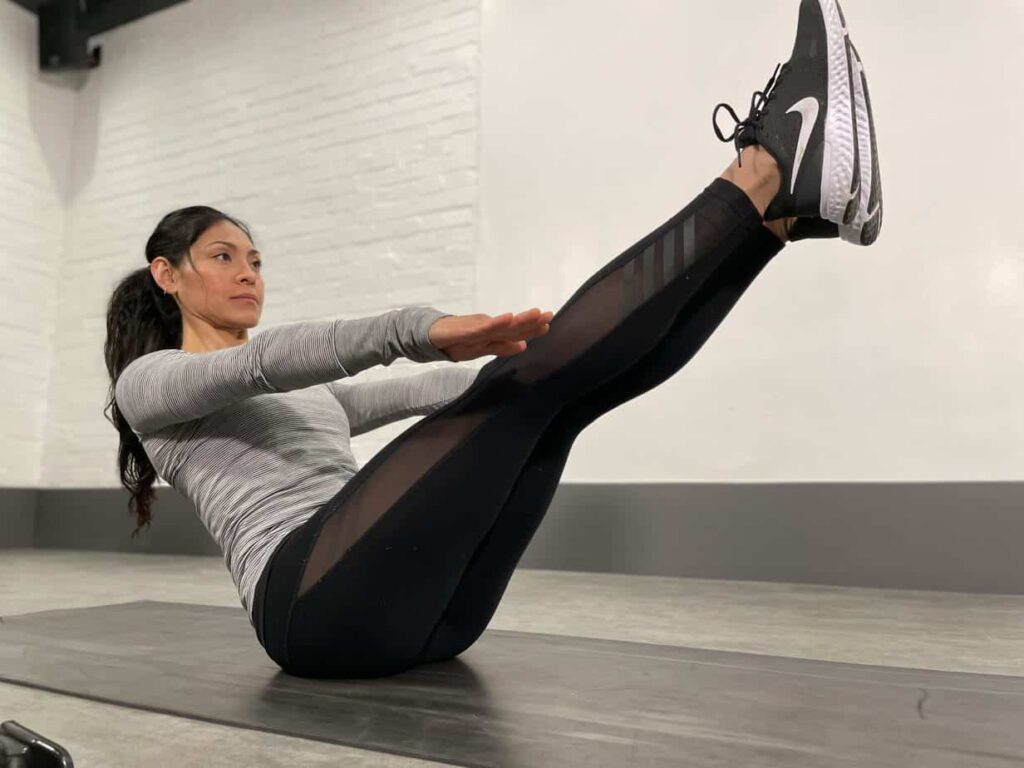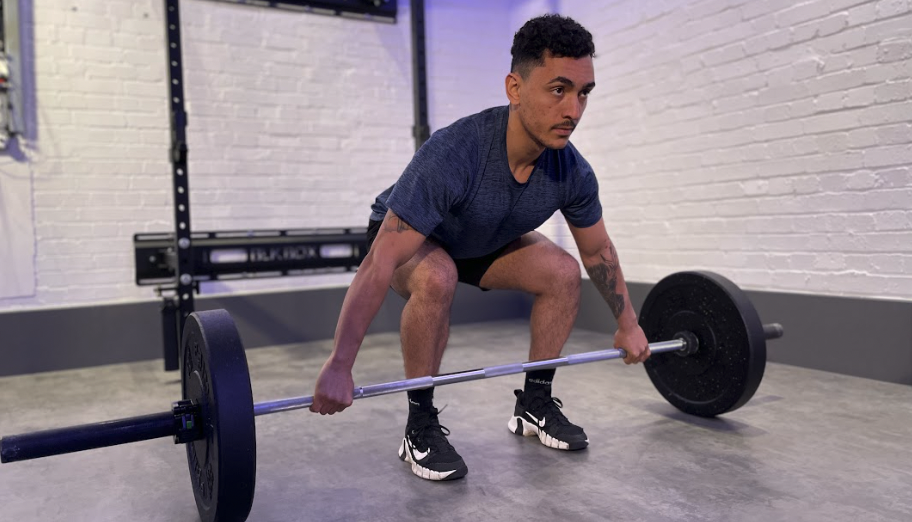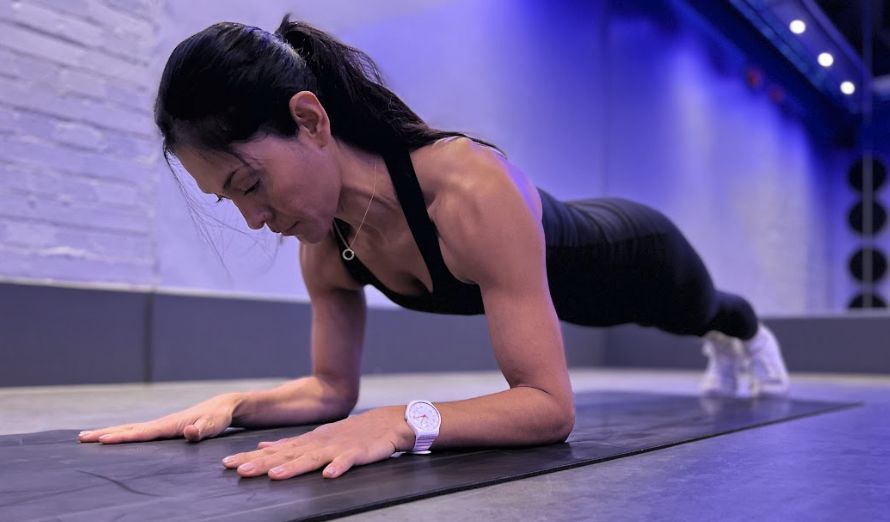In this blog post we will speak about ‘the core’ – including its importance and benefits of having a strong core for better overall performance.
We’ll also investigate how the core will help get the best out of your exercise plan – along with some of the issues related to a weak core.
What is ‘the core’?
Core is the main support system of the human body, it allows stabilisation during dynamic movements and it is highly responsible for correct posture.

Let’s think of the core as a chain link between lower body and upper body, every daily motion, whether that’s performing or just simply daily tasks all the movement originates from the core.
- Traverse abdominis: wraps around the front and side of your trunk. This muscle stabilises the pelvis.
- Internal and external obliques: extend diagonally from ribs to pelvis and allow you to rotate your trunk.
- Rectus abdominis: more commonly referred to as your ‘six-pack’ muscle. When you bend forward you’re using this.
- Multifidus: back muscle that supports your spine.
- Erector spinae: back muscle that extends your trunk and helps you stand up straight.
Your minor core muscles include your lats, traps, and (to the surprise of many people) your glutes.
Why is a strong core important?
The importance of the core it’s huge in the body anatomy and mechanical functions, every movement it’s driven by the core.
Lack of strength in the core / weak core will leave you more susceptible to:
- Poor posture: which due to the lack of support into the spine will increase the risk of neck and back pain due to the hunching over.
- Lack of stability and balance which when moving can translate into incorrect overload of certain areas of the body, highly increasing the risk of injury.
- Lower Back Pain: lack of strength means lack of support so it would become more difficult to hold an upright position.
- Low Standing Endurance: a weak core can lead to more fatigue and less endurance – no surprise considering core is the foundation to every movement generated from the body.
Look at the core as the foundation of your house. If it isn’t strong it will eventually promote cracks in the walls, in other words, you can train towards a specific goal, but if the foundation isn’t strong the rest will eventually fall apart or have weaknesses.
What are some benefits of a strong core?
Having a strong core will help injury prevention and increase performance through training.

Let’s look at what was discussed before, and aim for the benefits of this:
- Better posture: Will help alleviate neck and back pain, considering we will be able to sustain a correct position of the upper body. So instead of sitting all day at a desk, try to get some quick brakes to stand up and walk and keep the core active!
- Improved Balance: It will help in equilibrium whether that’s lifestyle related or any sports and physical activity.
- Supports good movement / running form: Core strength will allow the pelvis, hips and lower back to work together more smoothly. Creating a better harmony through movement and less energy waste, linking to better performance.
- Increases Stability: trough any physical activity, from daily activities to sports it will help every movement with more stability, that can be extension, flexion or rotation.
- It can reduce or prevent pain: Having an engaged and strong core as previously mentioned will help the posture which will lead to damage prevention if living a more sedentary lifestyle or sitting at work for the main part of the day.
- Supports Strength Training: A strong core will lead to the ability of lifting heavier weight, which will help increase strength and support to the skeletal system, will allow proper form through the lifting movements.
- Boosts Power: The core is the powerhouse of the body, so this will allow you to perform any athletic movements with more power.
What are the best exercises for a strong core?
Deciding on which are the very best exercises for a strong can can be a challenging topic. There are many ways of strengthening the core.

First, lets look at how you can train through direct stimulation:
- Glute Bridges
- Plank
- Side Plank
- Turkish Get Up
- Dead Bug
These exercises will be some of the main utilised movements to directly stimulate core, however, some anti rotation core exercises can be the next level that people or athletes look for, being able to promote a heavier load, so more stimulus to the muscles:
- Pallof Press
- Single Leg Deadlifts
- Bent Over Single DB Row
- Uni Lateral Loaded Deadlifts
- Anti Rotation Plank Pulls
All of these can easily have a load – which will help take that core strength to the next level.
What does a core workout session look like?
What a specific core workout session will look like comes down to specific programming and what is the need or goal to achieve. We often incorporate some specific core movements or have a 15/20min session specific for core work.
Generally, a good personal trainer will suggest incorporating movements into your overall session and programming so you can get the most benefit out of it. As an example below of the session stages and some of the exercises incorporated into those stages. So a session would have a certain structure:
Movement Prep:
- Glute Bridges 2×15
- Dead Bug 2×15
Dynamic Warm Up
Resistance Training:
- Single Leg Deadlift 4×8 per side
- Bent Over Single Arm DB Row 4×12 per side
Cool Down
As per above we can easily incorporate quite a few core exercises into 1 session and get the best and the most efficiency out of each well organised and structured session.
Interesting in hearing more about the core and how it can be strengthened? Feel free to contact us!

